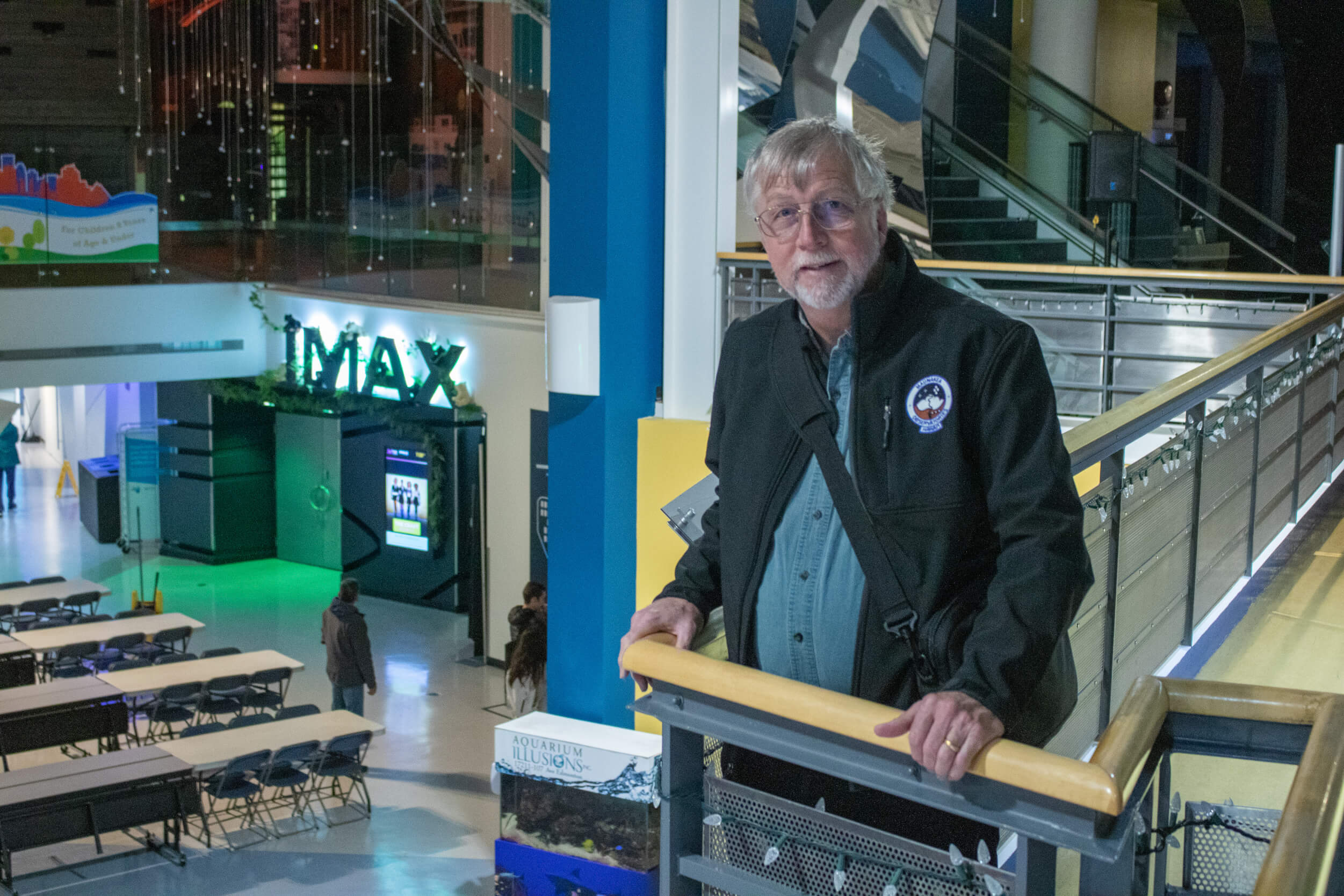How to die on the way to Mars
On Halloween you’re likely to see one or two astronauts, some superheroes created by radioactive exposure, and perhaps even an assortment of Martians out on the hunt.
But as frightening as aliens might be, Athabasca University astronomy professor Dr. Martin Connors will be quick to remind you that the Martians are not what the astronauts should really be worried about.
In an Oct. 21 lecture for the Royal Astronomical Society of Canada’s Edmonton Centre meeting in the Zeidler Dome at the Telus World of Science, entitled How to Die on the Way to Mars, he told the audience of astronomy enthusiasts that the real threat is somewhat less sensational than little green men.
“There are multiple ways to die on the way to Mars, but it’s mostly about the radiation hazards of space,” he said. “You’re going to be exposed to radiation.”

Cosmic rays and solar radiation
Connors explained that Earth’s magnetic field helps protect much of the planet’s surface from radiation from cosmic rays. The sun’s magnetic sphere also helps protect the planet from these dangerous cosmic rays, but the sun also produces radiation of its own that can be dangerous to humans and electrical systems.
In 1859, an amateur astronomer named Lord Richard Carrington observed the first recorded solar flare—and a fairly major one at that. A solar flare of that strength has not been observed since then, but with modern reliance on electronics that could be knocked out by a geomagnetic storm, the impact could be significantly more severe.
“You can imagine what another Carrington event would do today,” he said. “Hint, you wouldn’t have a cell phone the next day.”
On top of possibly damaging the electronic systems on which astronauts must rely to survive, Connors said the biological effects of radiation must also be considered. Many solar events, depending on the severity, could deliver a fatal dose of radiation.
“Unfortunately, space radiation is not likely to turn you into a superhero. More likely, you’re going to die on the way to Mars.”
– Dr. Martin Connors, Athabasca University astronomy professor
With current rocketry technology, a round-trip mission to Mars could take several years, and during much of that time astronauts would not be protected by the earth’s magnetic sphere. Rather it would take significant amounts of metal, roughly 18 cm of aluminum, for example, to shield astronauts. This in turn could require higher-powered rocketry to push that much weight out of Earth’s orbit.
The International Space Station is below the radiation belts, and so is well protected, but on a mission to Mars the full effect of radiation on humans would have to be considered, but even with the proposed Deep Space Gateway on the moon, Connors suggested a fatality is likely.
“Unfortunately, space radiation is not likely to turn you into a superhero,” he said. “More likely, you’re going to die on the way to Mars.”
You can read more about Athabasca University’s physics and astronomy programs and courses on the Faculty of Science & Technology’s website. You can also learn more about the research Connors and his colleagues do at the Athabasca University Geophysical Observatory website.